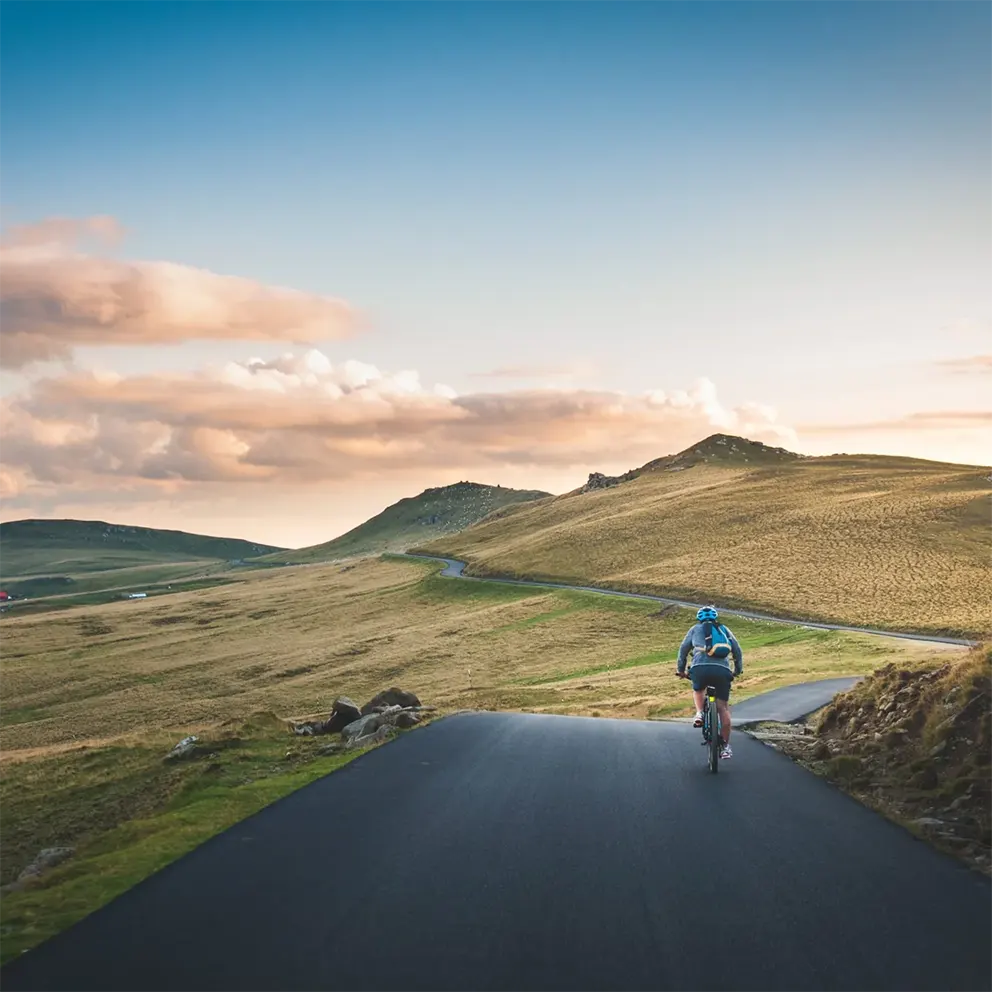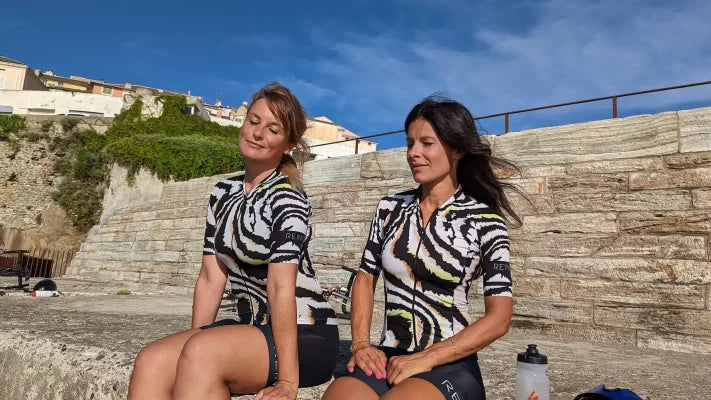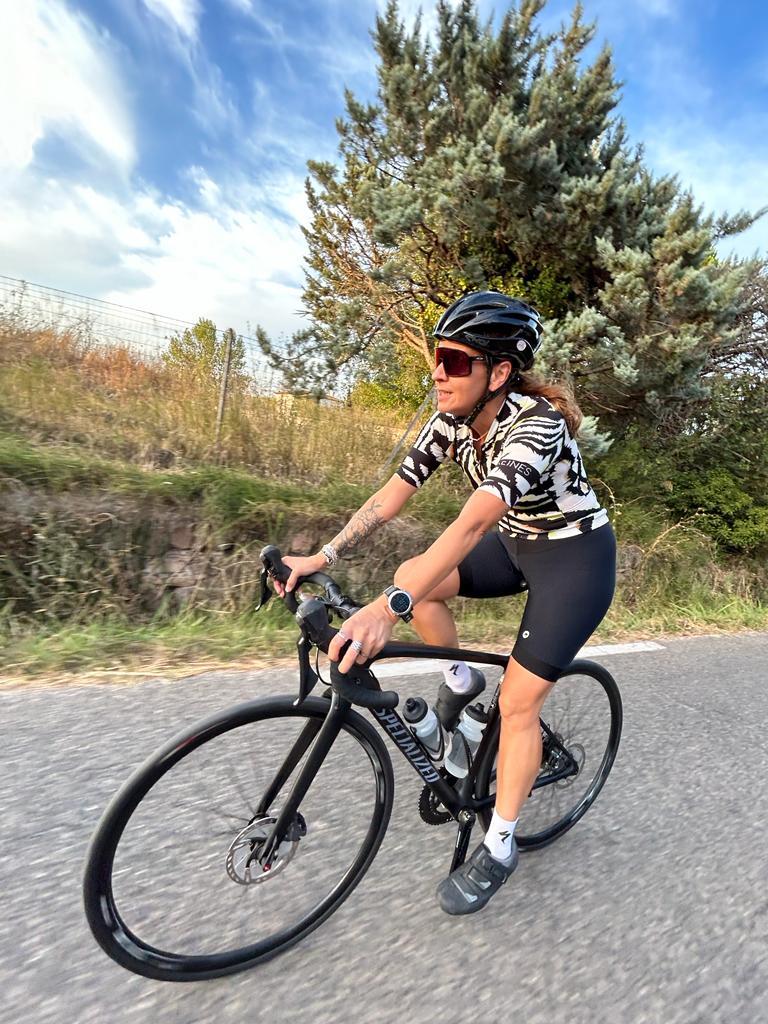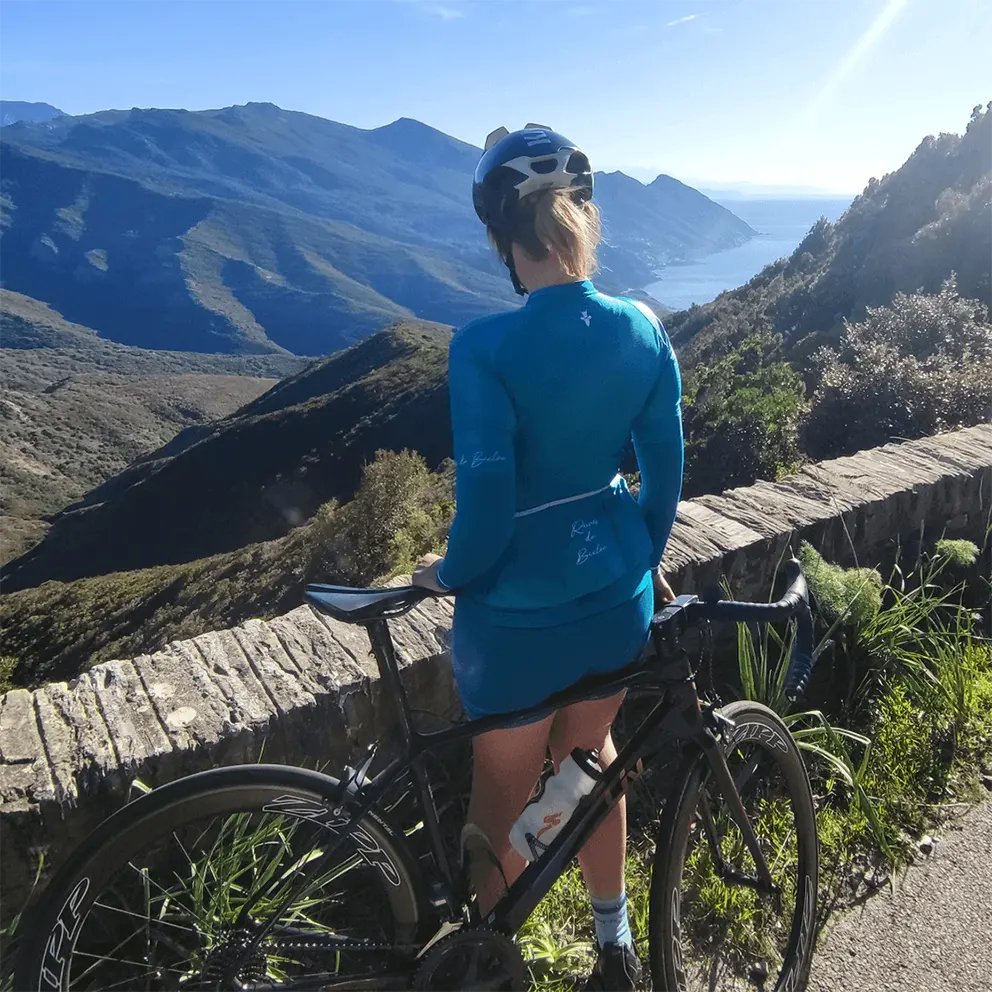
Traveling by Bike: Dare to Adventure
Traveling by bike is much more than just a means of transportation. It’s an experience that allows us to connect deeply with the world around us, discover breathtaking landscapes, create lasting memories and even challenge ourselves. In this article, we'll explore the joys and benefits of traveling by bike, as well as some practical tips for getting started on this unique adventure.


The freedom of roaming by bike
When you travel by bike, every pedal stroke brings you closer to ultimate freedom. You are not bound by transportation schedules, hotel reservations or strict itineraries. You can set your own pace, stopping whenever you want to admire the scenery, take photos or simply enjoy the moment. Every turn of the wheel opens up new perspectives.Connection with nature and culture
Traveling by bike allows you to fully immerse yourself in your environment. You'll feel the wind on your face, hear the birdsong and feel the terrain beneath your wheels. You will be able to discover remote and off-the-beaten-track places, where you can meet local people and experience their culture in an authentic way. Each village, each town, becomes an integral part of your trip.Road trip by bike: benefits for health and mind
Besides the benefits for the mind and soul, traveling by bike also offers benefits for your health. Cycling regularly strengthens the heart, improves blood circulation and promotes cardiovascular health. Plus, exercising outdoors releases endorphins, helping you stay positive and energetic throughout your journey.
Traveling by bike: 5 practical tips
1. Test your equipment in real conditions.
Before starting a cycling trip, make sure you have:- a bicycle in good condition;
- a helmet ;
- cycling clothing adapted to the weather;
- waterproof bags in case of rain;
- a first aid kit;
- basic repair tools;
- a map or GPS.
2. Prepare yourself physically
Practice cycling long distances before you go. Additionally, be physically and mentally prepared to face different weather conditions, including rain and wind. When traveling by bike, always plan rest days to avoid physical overload.3. Plan your route
Before leaving, develop a rough route and plan stops for rest and accommodation. On the France Vélo Tourisme website , you can then choose the cycle paths indicated, create your route and insert it into compatible applications such as Maps.me and Komoot . Bring paper maps in case there is a problem with your electronic device.4. Live a local experience
Engage with a cycling community for tips and recommendations. Opt for campsites, hostels or homestays for a more local and economical experience. If you plan to camp, invest in lightweight camping gear. Book in advance if you prefer formal accommodation, such as hotels or hostels.5. Always remember to hydrate and eat properly
Bring plenty of energy snacks and water. If you want to treat yourself, seek out local markets to discover regional specialties.
How far should you cycle each day?
How far you cover each day on a bike trip depends on several factors, including your fitness level, your cycling experience, the type of terrain you're riding through, the weather conditions, and of course, your own preferences. There is no single answer to this question, as it varies from person to person. However, here are some things to consider when planning your daily distance:- Fitness level: If you're an experienced and fit cyclist, you can usually cover more miles per day than someone who doesn't have as much experience.
- Terrain Type: The terrain you travel over is a key factor. Flat roads generally cover more distance than hilly or mountainous terrain .
- Trip Goals: Think about your goals. If you want to have a relaxing trip, you can choose to travel less distance each day to have more time to explore and rest. If you have a specific route to follow, this may influence the daily distance you need to travel to reach your destinations.
- Weather Conditions: Weather conditions can have a significant impact on your movement speed. Wind, rain, heat or cold can make driving more difficult and affect the distance you can travel.
- Equipment: If you travel with a lot of luggage or camping gear, it can slow down your average speed, which can affect the distance you travel each day.
Traveling by bike: what is the ideal video?
When traveling by bike, there is not one, but several models of bike that may suit you. Here are a few :- Touring bike or touring bike: Touring bikes are specially designed for cycling trips and long distances. They feature strong steel or aluminum frames, stable geometries for a comfortable ride, and cargo capacity for carrying panniers or luggage. Tires are generally wider for better stability and grip on different types of terrain. They have front and rear racks for carrying luggage.
- Gravel bike: Gravel bikes are versatile and suitable for both road and unpaved paths, making them a great choice for varied adventures. They have comfortable geometry and wide tires for stable driving on different surfaces. You can add luggage racks and accessories to make them travel-friendly.
- Trekking bike: Trekking bikes are designed for long road and trail rides. They offer a comfortable driving position and features such as luggage racks and mudguards. They are generally adapted to varying road conditions.
- Mountain bike: If you plan to ride mostly mountain trails or rough terrain, a mountain bike with adequate suspension may be necessary. Make sure the mountain bike is equipped for carrying luggage and is suitable for long distances.
- Electric bicycle (E-bike): Electric bicycles may be an option if you want extra support to cover long distances without much effort. They are available in various configurations, including electric touring bikes and electric mountain bikes.



Leave a comment
This site is protected by hCaptcha and the hCaptcha Privacy Policy and Terms of Service apply.